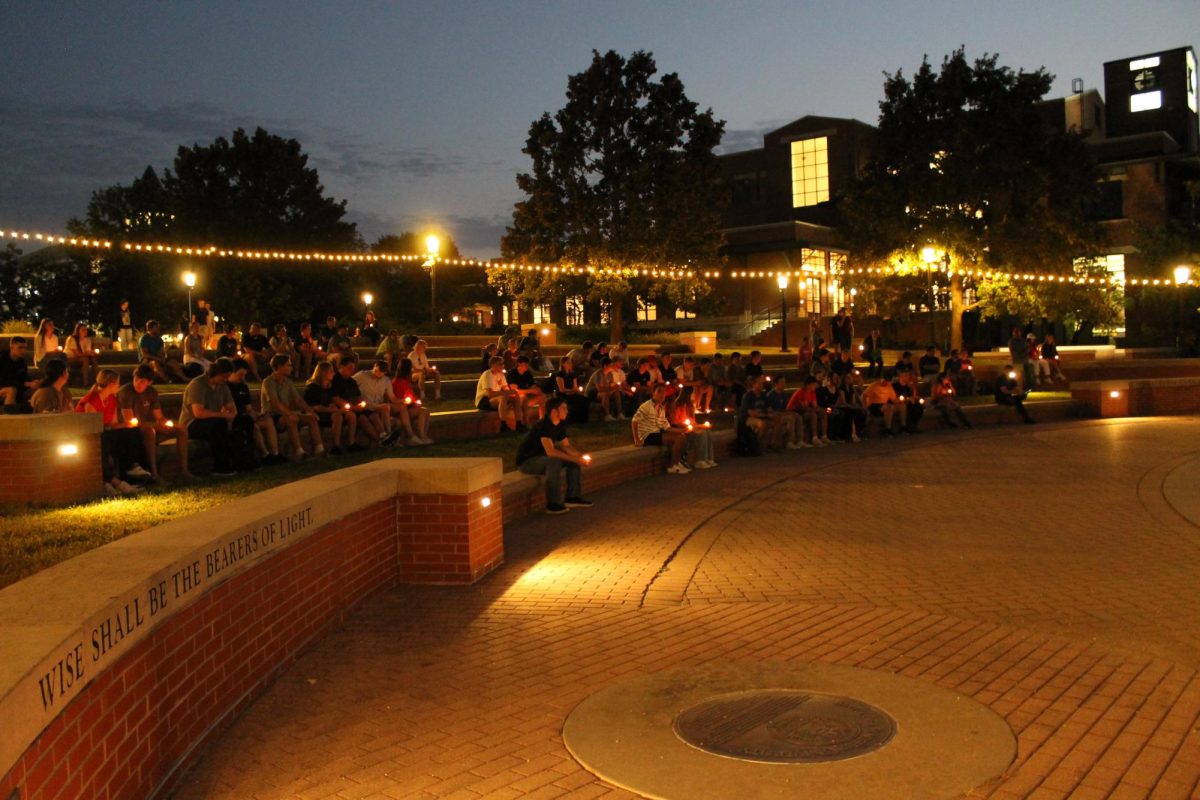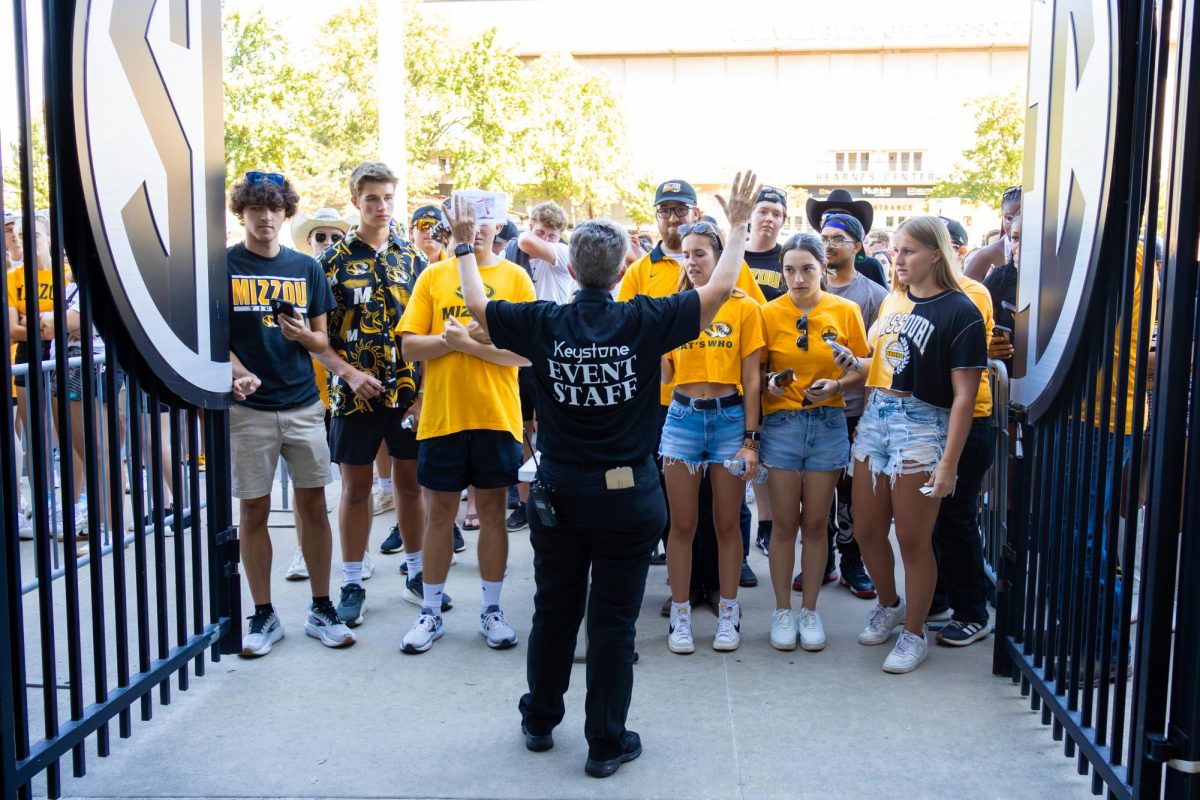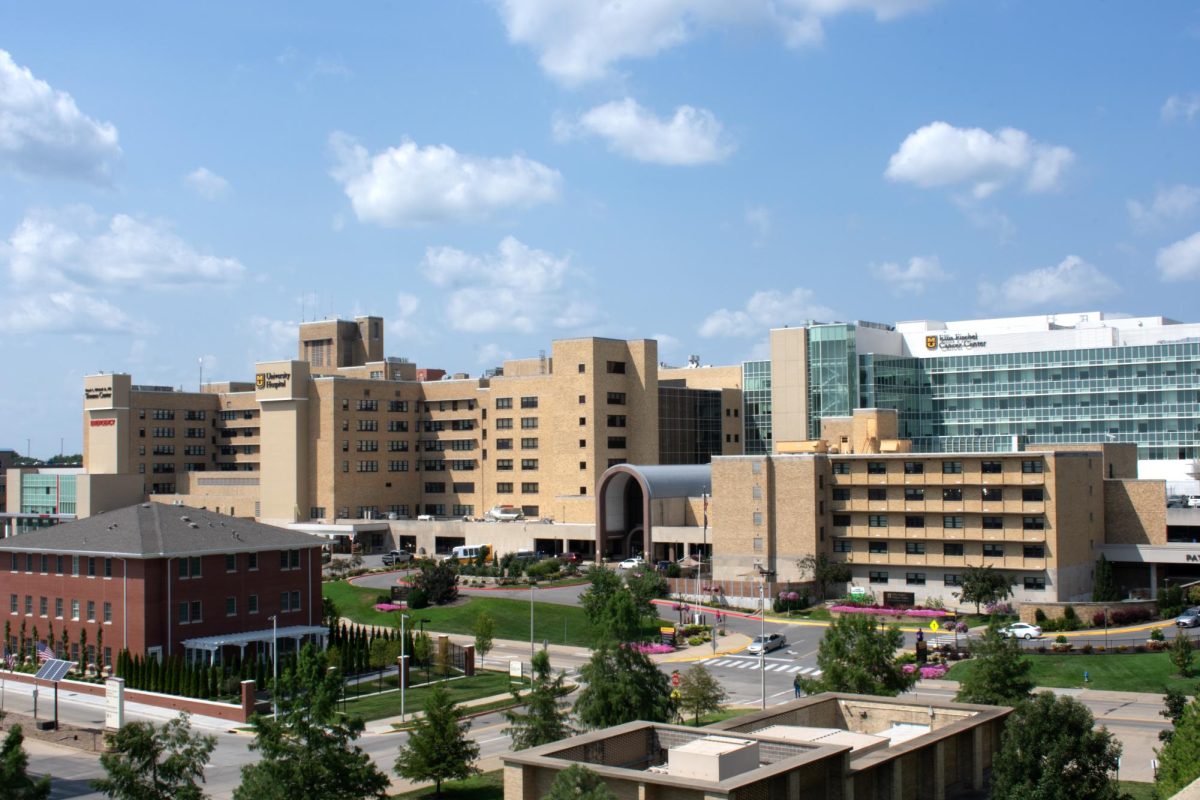In 1982, the Student Parent Center was on a “list for review for possible reduction or elimination.”
Instead of eliminating the facility, then-Chancellor Barbara Uehling decided to relocate the center from a cottage on Gentry Place to a facility on Hitt Street.
Jung Ha-Brookshire, professor of textile and apparel management, spoke of continuing to fit the center, which will officially close on June 30 for a pending demolition, into the university’s land grant mission.
“It’s not about 29 kids that happen to be there,” Ha-Brookshire said at the April 24 Faculty Council meeting. “It could have been more, if the facility was decent enough. There is a greater need for child care on the campus.”
Ha-Brookshire said College of Human Environmental Sciences administrators have reached out to Vice Chancellor for Student Affairs Cathy Scroggs and Chancellor R. Bowen Loftin regarding replacing the center, their concerns mirroring those of various campus groups involved since the inception of the Student Parent Center in the 1970s.
####Student Parent Center over the years
The proposal for the Student Parent Center was spurred by a survey conducted during the 1972-73 school year by Virginia Fisher, then chairwoman of the Child and Family Development Department.
Fisher’s survey tracked the number and ages of student-parents’ children.
A planning group — comprised of the Child and Family Development department, Missouri Students Association, and then-existing organizations such as the Center for Student Life and the Association for Women Students — subsequently met to develop and propose a designated teaching lab for children aged one month to 2.5 years, according to official documents found in the University Archives.
Sharon Pope, then the assistant director of Student Development, said in a 1981 Student Services Activity Evaluation that during the center’s first operations during the 1974-75 school year, 135 families visited or used its services.
“This activity exists because it is the only child care service of its type in the Columbia area,” Pope said.
The center, funded by $7,054 in MSA funds until the organization cut funding in 1985, eventually became separately licensed as a designated child care facility for students in 1994. It extended its services to children of faculty in 2012 due to a decrease in the center’s enrollment.
Pope wrote that child care service is expected at a university this size, and that its affordability and role would impact other programs on campus due to increased opportunities for student involvement in the absence of stress from looking for child care.
“University commitment to student parents and to the future of child care service programs needs to be stronger and advertised well,” Pope wrote. “It does not speak well for a University this size to show so little concern for student families.”
The center was initially located in a university-owned cottage on 704 Gentry Place. It then moved to 307 Hitt Street in 1983, at a cost of $2,175, and relocated a second time to the University Village apartment complex in 1995.
At its start, the center maintained an hourly rate of $1.20 until 1987, when yearly increases came in the forms of $1.35 and $1.40 for the 1988-1989 and 1989-1990 school years, respectively.
####Supporting organizations of then and now
The Association for Women Students, the student government representing women voices on campus in the late 1970s and early 1980s, pushed for both the Women’s Center and the Student Parent Center to fulfill female student needs, said Kim Dude, former AWS president and current director of the Wellness Resource Center.
Dude recalls talking to various women who felt there was a need for such services.
“It was my role to try and advocate for women, all different kinds of women,” she said. “And one of the things that we were concerned about were women who had children, and we did some research and … lobbied the dean of students to curate such a place.”
Jean Ispa, Human Development and Family Studies department co-chair, was a department assistant professor in 1987 and said that then-doctoral student Susan Pearlman used the center to do dissertation work on interactions with toddlers, which the Child Development Lab did not have at the time.
“It’s a really good faculty retention tool,” Ispa said. “And student retention tool. Once your children are placed in a high-quality child care facility, you really don’t want to leave (the university).”
Present-day faculty also expressed their support for the center.
“I used the services of the SPC quite extensively during my career as a graduate student,” research associate Kimberly Keller said in an email. “I can definitely attest to the fact that if affordable, on-site, flexible child care had not been available to me as a student, I would not have been able to complete my degree program. I would also not be able to continue to be a contributing member to the MU community or the large-scale projects with which I am involved.”
A recent survey of MU faculty presented at the April 24 Faculty Council meeting indicated that child care was the third lowest item of satisfaction.
MU currently has a task force of organizations, including the Graduate Professional Council and MSA, that are responsible for consulting their constituents on the best course of action regarding child care.
Loftin also met with various student parents on April 15 to hear their concerns. He said the task force is set to report back to him before the end of April.













